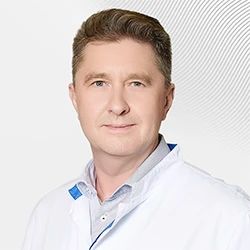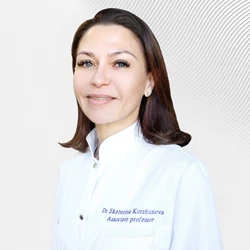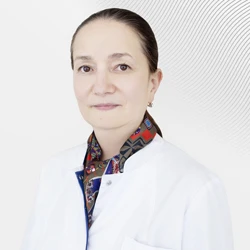Urinary incontinence
 Urinary incontinence is the involuntary discharge of urine from the bladder. This is a fairly common disease that affects more than 40% of women over the age of 40. It does not threaten health, but it causes great inconvenience, reduces the quality of life, and negatively affects the psycho-emotional state.
Urinary incontinence is the involuntary discharge of urine from the bladder. This is a fairly common disease that affects more than 40% of women over the age of 40. It does not threaten health, but it causes great inconvenience, reduces the quality of life, and negatively affects the psycho-emotional state.
Many women are convinced that urinary incontinence is a natural process associated with age. This is not the case: urinary incontinence is not the norm and in any case requires treatment. In Moscow, you can contact the European Medical Center, where they will definitely help you.
TYPES OF URINARY INCONTINENCE
The most common types of urinary incontinence are stress, urgent, and mixed incontinence.
- Stressful — occurs due to increased pressure in the bladder: when coughing, sneezing, laughing, exercising. Occurs without the urge to urinate.
- Urgent — discharge of urine immediately after a sudden, strong urge to urinate.
- Mixed — a sudden urge to urinate in combination with involuntary urinary discharge.
CAUSES OF URINARY INCONTINENCE IN WOMEN
Urinary incontinence occurs mainly for two reasons: as a result of injury to the ligamentous apparatus that supports the urinary tract, as well as due to involuntary contractions of the bladder due to neurological diseases or manifestations of an overactive bladder.
- Prolapse of the uterus caused by difficult labor, injury or stretching of the muscles and ligaments of the pelvic floor.
- Pelvic surgery: if performed carelessly, the pelvic nerves and muscles that control urination may be damaged.
- Menopause and age over 60: hormonal changes during menopause negatively affect muscle tone, including those controlling urinary retention.
- Neurological disorders (multiple sclerosis, Parkinson's disease, stroke, brain tumor, or spinal cord injury) can weaken the nerve impulses involved in bladder function, causing urinary incontinence.
RISK FACTORS
- Excess weight.
- Excessive physical activity.
- Postmenopause.
DIAGNOSIS OF URINARY INCONTINENCE
To prescribe treatment, it is necessary to find out the cause and type of urinary incontinence, for this a comprehensive diagnosis is carried out:
- detailed consultation and examination in a gynecological chair;
- keeping a urination diary: for several weeks it is necessary to record the frequency of urination and the amount of urine released;
- Ultrasound of the kidneys and bladder;
- КУДИ;
- fibrocystoscopy (examination with a soft cystoscope);
- passing the tests.
TREATMENT OF URINARY INCONTINENCE IN WOMEN
Treatment at the EMC clinic is selected individually, depending on the patient's age, type of urinary incontinence, severity and presence of concomitant diseases.
In cases of diagnosis of an overactive bladder or neurological diseases that have affected the occurrence of urinary incontinence, drug therapy is prescribed. If patients are ineffective or unwilling to take medications continuously, the patient may be injected with botulinum toxin type A. If the cause is a decrease in the function of the ligamentous apparatus of the urethra, a minimally invasive sling operation is proposed.
During sling surgery, a thin mesh implant is inserted into the tissue under the urethra to control urination. The procedure lasts about half an hour, and the next day the patient is discharged home. A return to a habitual lifestyle (including sexual activity) usually occurs one month after sling surgery.
In severe forms of urinary incontinence, the only treatment method is surgery.
The EMC Urology Clinic employs an international team of professionals.
Why the EMC
The first and only clinic in Russia, created in the image of the world's leading clinics
EMC is a multidisciplinary center offering patients a high level of medical services and a personalized approach
Worldwide recognition and awards
 Learn more
Learn more
Worldwide recognition and awards
 Certificates and licenses
Certificates and licenses
Make an appointment for a consultation
Specify your contacts and we will contact you to clarify the details
Reviews
and new products of the EMC



.webp)





.webp)


.webp)
